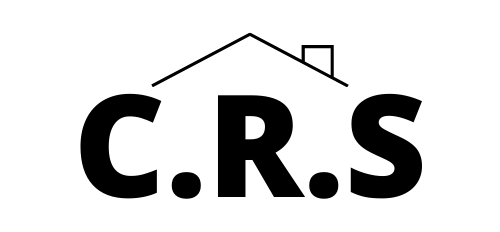What is Fascia roofing? Fascia is a trim piece that is attached to the edge of the roof. It’s typically made of the same material as the trim, and it may be decorative, though it’s usually unassuming in presentation. It is often considered the last line of defense for the roofline, and is where the gutters attach to block snow, rain, and wind. Read on to learn more about fascia roofing and the importance of installing it on your home.
Installing roof fascia
When installing roof fascia, you need to be careful not to cut your new board to size before installing it. You should always cut it a few days before you plan on laying it because this will help it dry and allow you to work faster. You should also be careful to match up the dimensions of the fascia boards to the rafter. To make the process go smoother, place the fascia in order of the measurements. Start at one corner of the roof and work towards the opposite side. Once the board is level, you should use a second nail to secure it. If you find that it is bowing, you can use a third nail to hold it down.
When installing the soffit, you need to make sure that you start at the gable end and install the fascia as close to the soffit panel as possible. Be sure to use nails that fit into the grooves of the panel. Make sure to use nails with small heads to ensure the panels stay in place. If you are installing fascia on a new home, you may also have to cut or bend the panel for it to fit snugly. If your soffit is wider than 12 inches, you may need to add additional support pieces in the middle.
Functions
As the most visible part of the roof, fascia is also used to support gutters and rafters. The board runs along the edge of the roofline, supporting the roof structure and protecting the home’s interior from excessive moisture. In addition, the fascia board provides a beautiful aesthetic appeal to the roof, covering exposed rafters and roof trusses. Its aesthetically pleasing appearance adds value to a home, increasing curb appeal and preventing water infiltration.
When choosing fascia materials for your roofing project, you should remember that a poorly made fascia can cause problems later on. Dirty fascia boards may also harbor mold and other moisture-related problems. Aabco Roofing Corp. offers a variety of fascia materials, so you can choose the right one for your home. For help deciding on the right material for your roof, you can ask a roofing contractor to advise you on what type will best serve your home’s needs.
Materials
There are many types of fascias, but the most common is the composite fascia board. This is an environmentally-friendly alternative to traditional wood, but it can also be more expensive. It is important to choose a material that is preservative-treated for durability. The Belco XT trim range is made of wood fibers that are primed and preservative-treated to resist wood rot. These products are also easy to install. However, their costs are higher than other options, and they may require more maintenance than other materials.
While wood is an excellent choice for fascia roofing, it is often susceptible to water and changes in temperature. However, aluminium is a better choice than wood as it doesn’t rot easily. Unlike wood, it can also be painted and looks similar to wood. The most important thing to consider when choosing a material is your roof and climate conditions. The roofer can determine what type of material will best suit your needs.
Installation
Before installing your new roof tiles, the fascia/soffit should be installed. Common materials for soffits and fascia include pine, ply, cedar, and UPVC. These materials can be finished with different materials, such as tongue-and-groove plywood. In some cases, battens with spacing between them are used to prevent birds from nesting in the roof space. Before placing your new fascia or soffit, be sure to carefully measure all of the rafters. Also, remember to cut the corners at a 45-degree angle.
Install the soffit panels one at a time. Start with the gable end and install a panel as far as the wood framing allows. Once you have completed the panel, square the piece to the rest of the house using a carpenter’s square. Then, install the next soffit panel by slipping it into the groove of the previous panel and nailing it to the fascia board. Similarly, you should do the same for the next panel.
